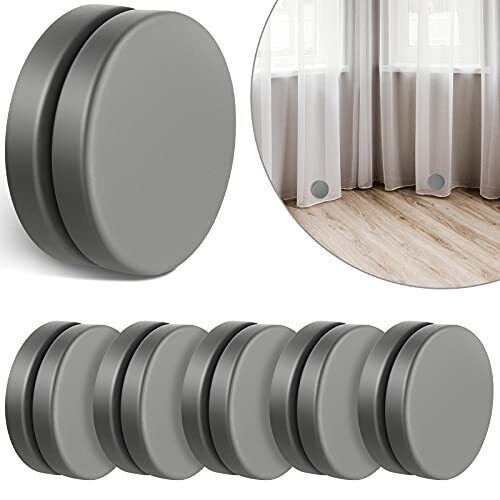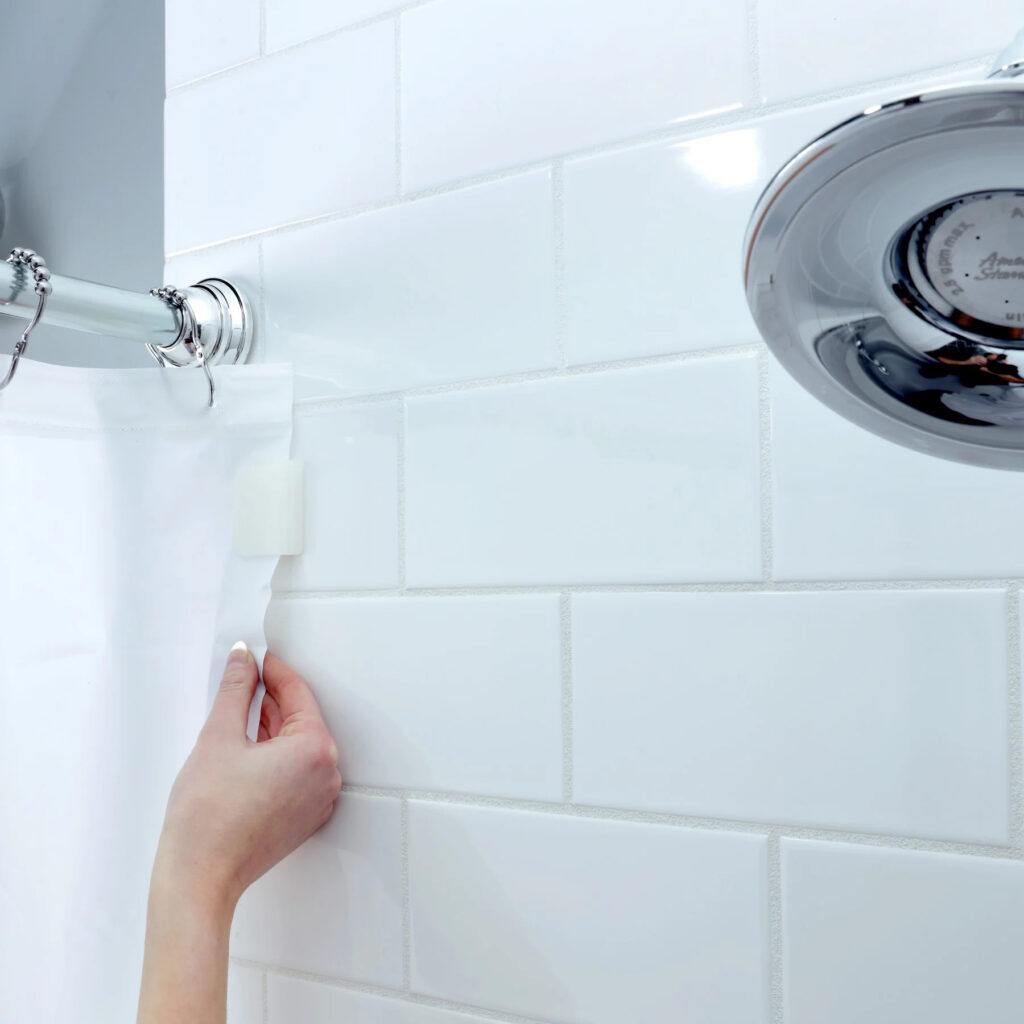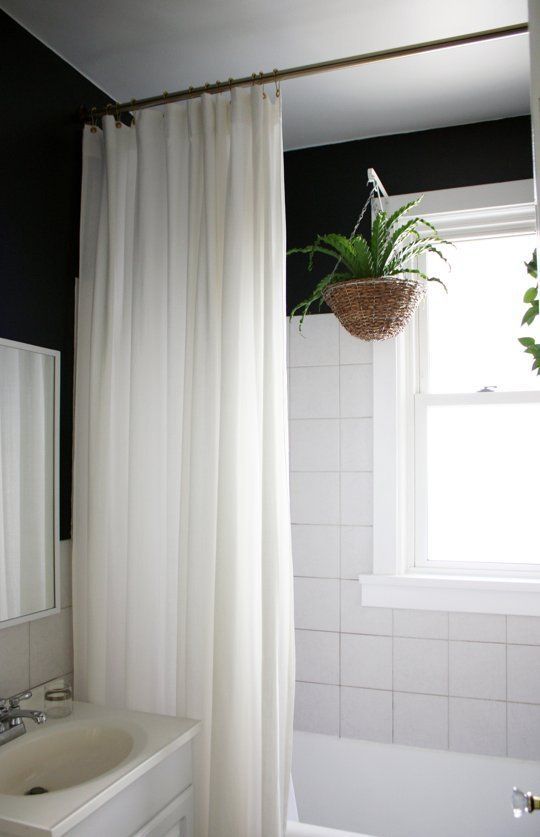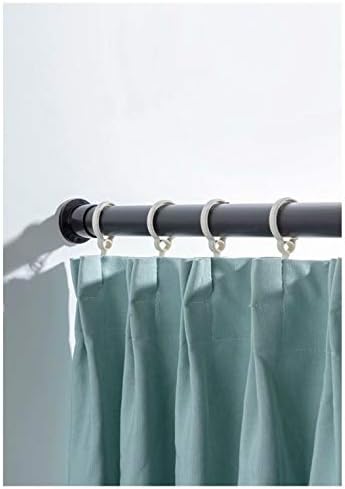Bathroom Decor
How To Keep Shower Curtain From Blowing In?
“How to keep shower curtain from blowing in?” seems a problematic question, this issue is causing water to splash out and interrupting your peaceful showering experience? If you’re searching for effective solutions on , look no further. In this guide, we will provide you with practical tips and techniques to prevent your shower curtain from moving and maintain a serene shower environment. From simple adjustments like adding weights and magnets to utilizing innovative suction cup liners, we’ve got you covered. Say goodbye to water leakage and hello to a more enjoyable shower.

I. Why Does Shower Curtain Blow In?
Understanding the reasons behind why shower curtains blow in can help us find effective solutions to prevent this annoyance. Several factors contribute to this phenomenon, including air pressure and airflow dynamics within the bathroom environment. During a shower, the warm air rises, creating a pressure difference that can cause the curtain to be pulled inward. Inadequate ventilation, improper showerhead positioning, and the layout of the bathroom can also influence the airflow patterns, intensifying the curtain movement.
By comprehending the underlying causes of a blowing shower curtain, we can implement targeted strategies to keep it securely in place. In the following sections, we will explore practical techniques and solutions to mitigate this issue and maintain a more enjoyable showering experience.
II. The Answer For “How To Keep Shower Curtain From Blowing In?”
1. Using Weights Or Magnets

One effective method to prevent a shower curtain from blowing in is by using weights or magnets. By attaching these to the bottom of the curtain, you can create resistance against the airflow, keeping the curtain in place. There are various options available, including specially designed curtain weights or magnets that are easily attachable.
Alternatively, you can opt for DIY alternatives like sewing small weights or magnets into the hem of the curtain. These simple attachments provide a practical solution to stabilize the curtain and minimize movement during showers. Explore different commercially available products or get creative with DIY solutions to find the best fit for your needs.
2. Installing A Shower Curtain Liner With Suction Cups

An effective solution to keep your shower curtain from blowing in is by installing a shower curtain liner with suction cups. These liners come equipped with suction cups that adhere to the shower wall, creating a secure barrier and preventing the curtain from being pulled inward. The suction cups provide strong resistance to airflow, ensuring that the curtain stays in place during your shower.
When installing a shower curtain liner with suction cups, make sure to clean and dry the surface of the shower wall before attaching the cups for optimal adhesion. Regularly check the suction cups to ensure they are securely in place and reposition or replace them as needed.
3. Increasing Air Circulation

Improving air circulation in your bathroom can significantly help in keeping your shower curtain from blowing in. By implementing simple methods to increase airflow, you can reduce the air pressure differential that causes the curtain’s movement.
Consider opening windows or using an exhaust fan during and after showers to promote better ventilation. This allows the warm, moist air to escape, preventing the buildup of excessive air pressure inside the bathroom. Proper utilization of bathroom ventilation systems helps maintain a balanced airflow, reducing the force that pulls the shower curtain inward.
4. Using A Tension Rod Or Shower Curtain Rod

A practical solution to keep your shower curtain from blowing in is by utilizing a tension rod or a shower curtain rod. These rods create a taut surface for the curtain, preventing it from being easily pulled inward during showers.
To install a tension rod, simply twist it to adjust the length and create a snug fit between the shower walls. Make sure to position the rod at the desired height and tighten it securely. For a traditional shower curtain rod, follow the manufacturer’s instructions for proper installation, ensuring it is level and securely attached to the wall.
When selecting a rod, opt for a sturdy and durable option to avoid sagging or bending under the weight of the curtain. This will help maintain the tension and keep the curtain in place.
